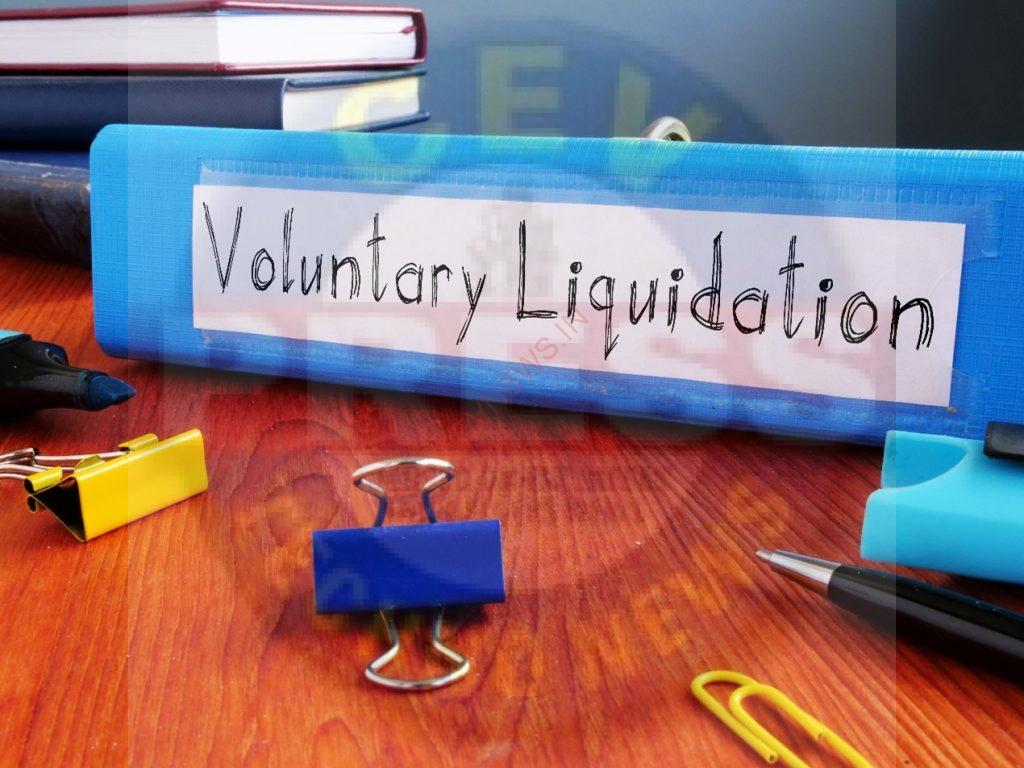MEMBERS VOLUNTARY LIQUIDATION- ALL YOU NEED TO KNOW
A Members Voluntary Liquidation (MVL) is a process that enables shareholders’ to appoint a Liquidator in order to formally close down a solvent company. Once the Liquidator has realised all company assets and ensured that there are no outstanding company liabilities, a capital distribution will be paid to shareholders either in species or from funds held in the company.
A solvent company must be differentiated between insolvent companies as there will be sufficient assets to not only repay all creditors in full but also make a distribution to the company’s shareholders.
Whilst a Members Voluntary Liquidation is initiated by the company’s Directors, it still requires 75% of shareholders who have been given notice of the meeting of members to pass the winding-up resolution.
An MVL involves members of a company and their appointed Insolvency Practitioner (IP). The company in question will be dissolved following the completion of the MVL. During this, the IP will first settle outstanding debts, legal disputes and pay creditors through profits and the sale of assets. The remaining funds will then be distributed to the members.
MVL’s are often favoured as they can provide taxation benefits, such as capital gains tax being enabled rather than income tax. In some cases, some members may qualify for Business Asset Disposal Relief (formally known as Entrepreneurs Relief), which can reduce the tax rate down to 10%.
Members Voluntary Liquidation: Requirement
To take up the MVL, a company must be:
- Solvent
- Capable of paying taxes.
- Capable of paying creditors.
- Can meet all other contractual obligations.
Members Voluntary Liquidation: Process
Information required by the Insolvency Practitioner-
Directors, shareholders and company accountants will be provided with an information request list once the IP has been engaged to assist with carrying out the liquidation process.
This will include things such as:
- HMRC references
- Details of assets and liabilities
- Bank details
- Identification documents
Declaration of solvency
A Declaration of Solvency must be prepared and sworn in the presence of a solicitor. The Declaration of Solvency is essentially an up to date statement of assets and liabilities, in which the solvency of the company is demonstrated. In cases where there are more than one director, all or a majority of them will need to sign the document.
This means that the company agrees that they can repay their debts within the following 12 months. The company needs to be able to repay creditors within this time to ensure that they remain solvent throughout the MVL process, or face severe interruptions.
Appoint Insolvency Practitioner
The actual liquidation process can start only once the shareholders agree on the MVL. If the shareholders agree to the proposal then they will appoint an insolvency practitioner also during thus meeting itself. This insolvency practitioner, who will work as a liquidator, will have the responsibility to sell the assets, pay the debts, settle disputes (if any), and return the remaining proceeds, if any, to the shareholders.
Advertise the Closure in a Local Gazette
After the appointment of the insolvency practitioner, directors or members do not have any operational rights and broadly can not interfere in the affairs of the company. As all the operations will now be managed by the Liquidator. However, they still remain the directors and they have the obligation to officially announce the liquidation. They can do so by advertising in the local Gazette.
Submit Paperwork to Companies House
Generally, within 15-days of the shareholders’ meeting, directors or members must submit all relevant documents, including a declaration of solvency, financial statements, and more, to the relevant government agencies.
Benefits of Members Voluntary Liquidation:
Some of the benefits of MVL are as follows:
- The process of VL is quite fast.
- The VL process gives a fair assurance that the business will be properly wound up with due supervision of an independent Liquidator.
- The liquidator has the authority to deal with any issues with the claims of creditors.
-
Shareholders may get the funds relatively quickly.

